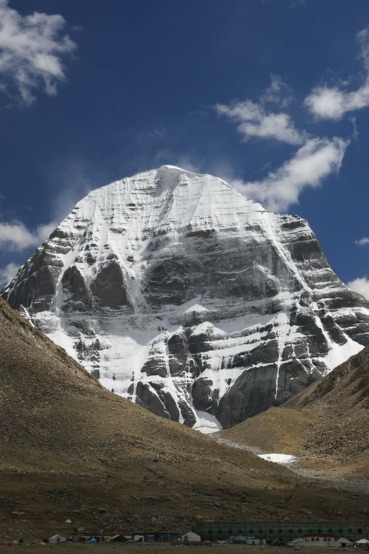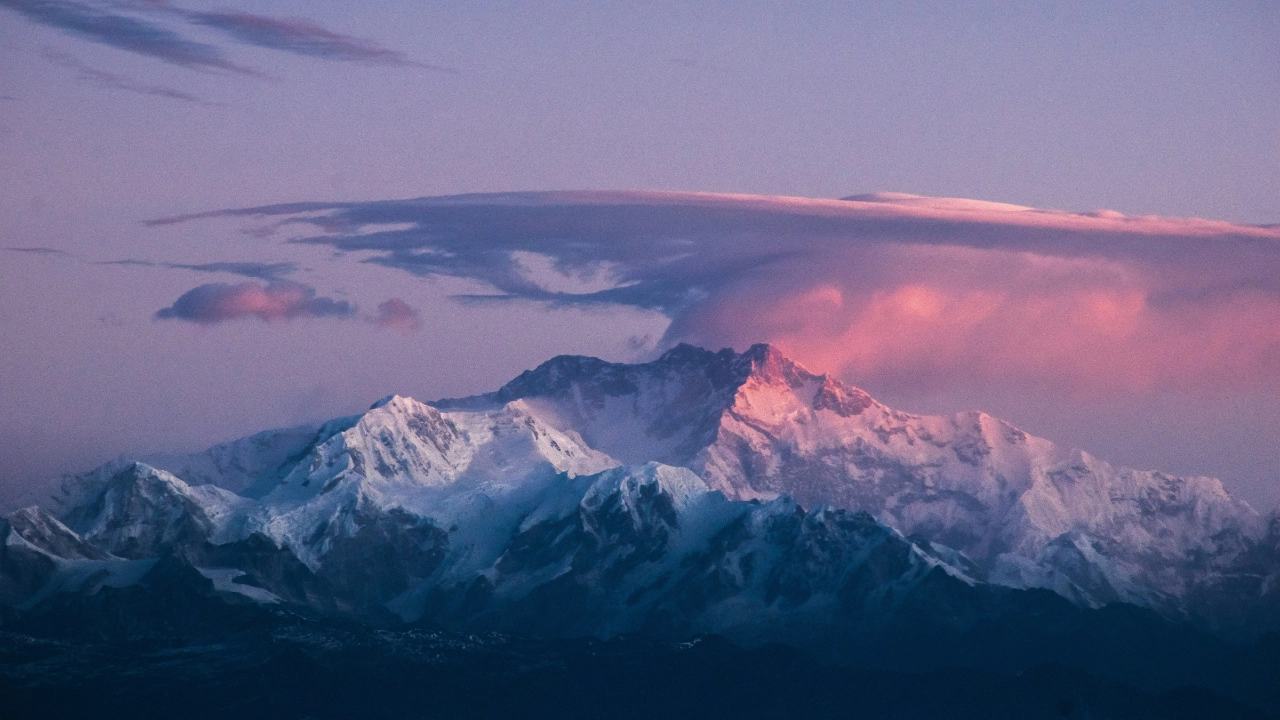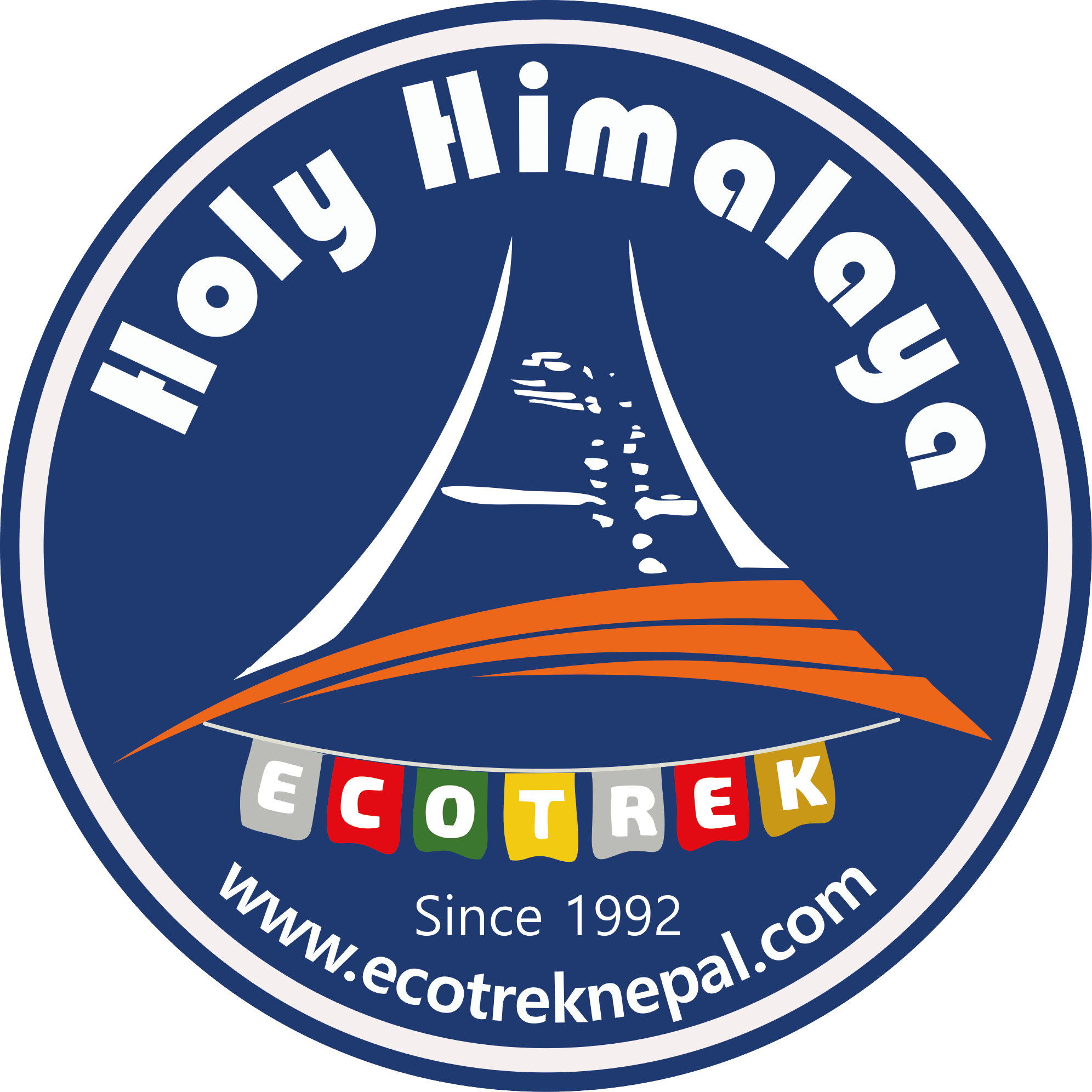
Mardi Himal Trek
Tour snapshot
7 Days
2 persons
Nepal
Trekking in Nepal
Overview
Mardi Himal is a stunning peal that rests at an altitude of 5,587 m in the popular Annapurna range, which is inside the Annapurna Sanctuary Area. This is one of the best treks if you are opting for a short trip, but it is full of one-on-one interaction with the locals of Nepal and knowing the Nepalese culture and ethnicity from the roots. The trek leads you through some of the world’s most gorgeous valleys, including Pitamber, Deurali, and Badal Danda ridges, as well as enchanting Rhododendron forests. The trek between Pokhara and Mardi Himal is 31.0 kilometers (19 miles).
The trail provides a majestic view of the three mountains that soar above 8,000 meters, which are Annapurna I (8,091 m), Dhaulagiri (8,167 m), and Manaslu (8,163 m).
The trail towards Mardi provides a significant hike through rhododendron jungle in an eco-friendly environment in the Annapurna region. It is an enchanting experience as you travel narrow pathways through the lush forest at an elevation of approximately 3,300 meters. Mardi Himal Trek is one of the hidden gems, tucked away between the famous Annapurna routes.
Therefore, the Mardi Himal Trail is an excellent introduction to the Himalaya for people who have not been there before and for 'old-timers' who also want to visit a new area. The trail meanders through the foothills of the Annapurna region before entering lichen-laden dense jungles, which lead to the alpine meadows above (a habitat for undisturbed wildlife) with stupendous views of the high Himalayan peaks beyond. Numerous quaint stone-built villages, cultivated fields, streams, and waterfalls are encountered in this natural habitat along the way.
Much of the trail passes through virgin forests consisting of birch, rhododendron, magnolia, pines, and bamboo, with glimpses through the foliage to the high peaks beyond and the Mardi Khola River winding its way through the valley thousands of feet below, until it reaches the high undulating ridge that descends from Machhapuchhre—the fluted “Fishtail Peak,” a mountain renowned for its splendor. Machhapuchhre has been dubbed the “Matterhorn of the Himalaya” because of its steep sides and needle-sharp summit that pierces the sky.
Highlights
- Natural and cultural diversity
- One of the finest views of Mt. Macchapucchre (Mt. Fishtail) (6,993 m.)
- Explore the local ethnic culture of the Gurung people
- Immerse in the natural village lifestyles, lush green forests, and panoramic mountain views
- Soak in the stunning vistas of the magnificent Annapurna South (7,219 m), Dhaulagiri (8,167 m), Hiunchuli (6,441 m), and many other neighboring peaks.
Itinerary
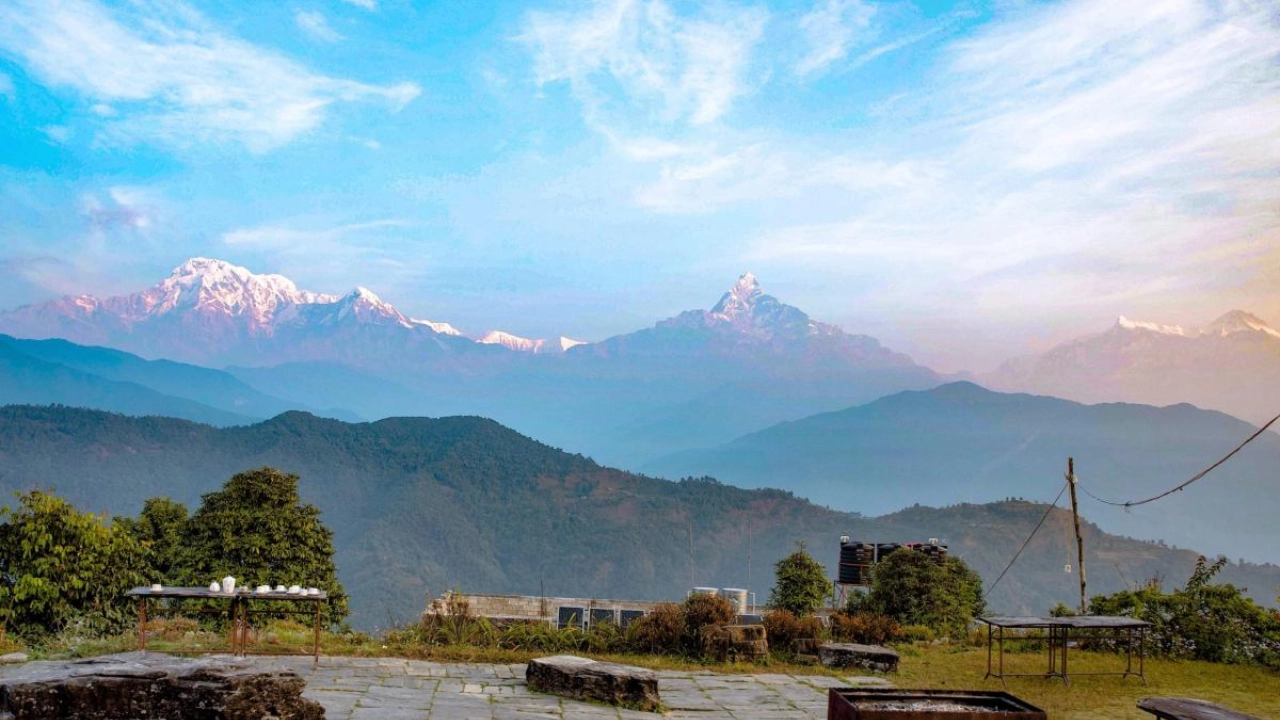


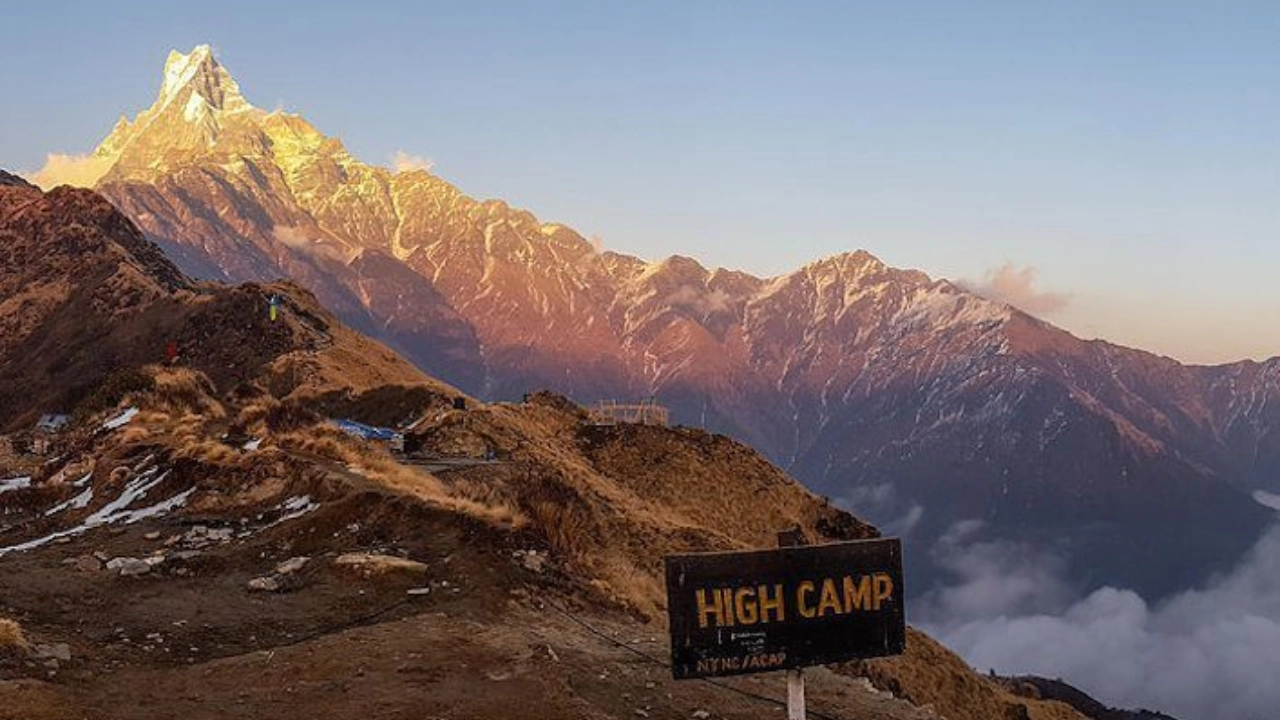



Included/Excluded
Service Fee Only, Explore Nepal Fully!
Select Dates
{{type.name}}
{{type.display_price}} per person
Guests
Extra prices:
- {{total_price_html}}
- {{pay_now_price_html}}
FAQs about Mardi Himal Trek

The best seasons for the Mardi Himal Trek in Nepal are spring (mid-February to May) and autumn (September to mid-December). Spring offers moderate temperatures (11–20 °C at lower altitudes), clear skies for excellent mountain views, blooming rhododendrons, and less crowding compared to popular treks. Autumn brings stable weather (8–15 °C), minimal rainfall, and stunning views of Annapurna and Machhapuchhre, though with more crowds. The summer season (with rainfall and leeches) is ideal for experienced trekkers seeking lush greenery, wildflowers, and an adventurous experience in relative isolation.

The Mardi Himal Base Camp trek, located in the Annapurna region of Nepal, is technically not difficult and doesn't have any parts of exposure or scrambling along a well-established trail; however, it requires a good level of fitness and stamina since there is a big up and down each day, often more than 1000 m of ascents per day along steep trails. Although the trek reaches a maximum altitude of 3580 meters at High Camp, below the 5587-meter summit of Mardi Himal, the most challenging part of the trek is considered to be the drop from High Camp to Sidhing in nearly a 1700-meter drop on one day.

The trekkers must obtain two permits to trek the Mardi Himal Base Camp in Nepal: one is the Trekkers' Information Management System permit, which costs NRS 2000, approximately $17 USD per head, and another is the Annapurna Conservation Area Project permit, which has a single entry charge of about $25 USD per head, priced at NRS 3000. Both permits are basically necessary for trekking in the Annapurna region, and an ACAP permit is used for conservation of nature in the conservation area. HOLY HIMALAYA ECO TREK WILL ARRANGE FOR ALL THE NECESSARY PERMISSIONS AND PASSES FOR YOU!

